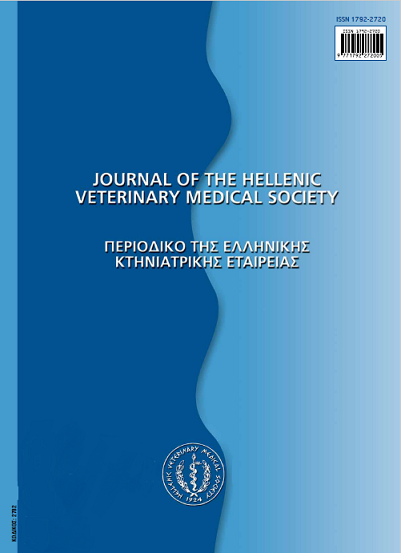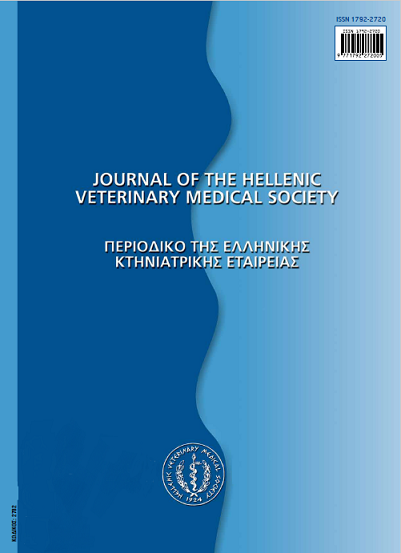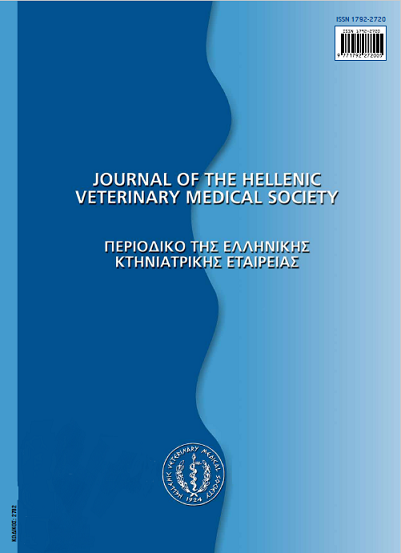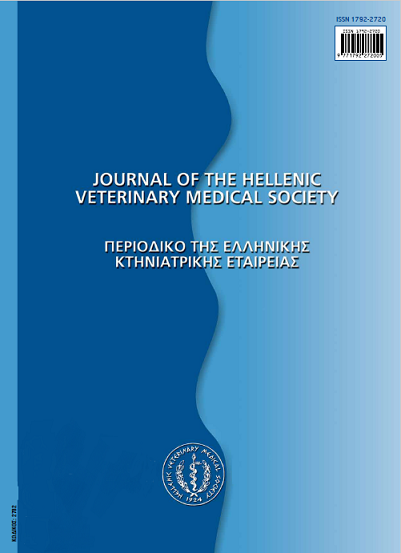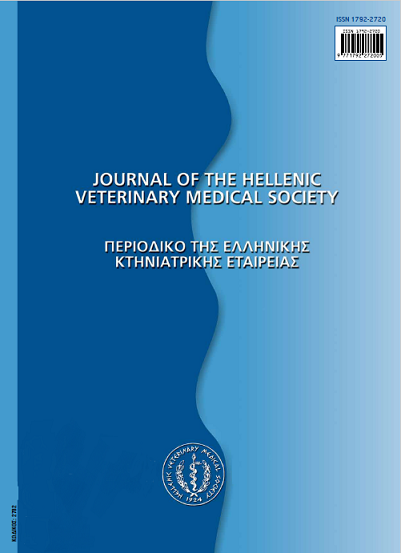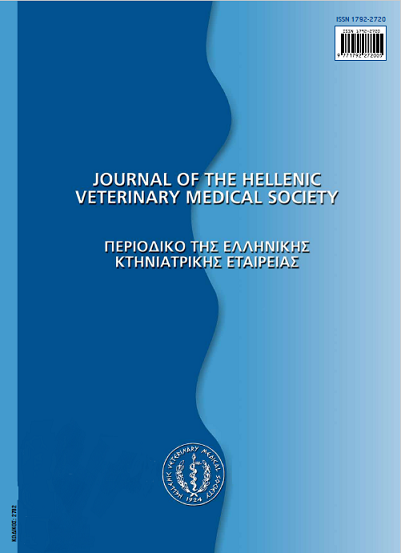Location and morphological identification of Myxosporida and evaluation of the effect of freezing and Giemsa staining on the spore length
Résumé
Enteromyxum leei, Ceratomyxa spp., Polysporoplasma spans are myxosporea usually found in cultured Mediterranean marine fish. The present study refers to the evaluation of the seasonality and prevalence caused by myxosporea infections in cultured sharpsnout seabream (Puntazzo puntazzo C.) and gilthead seabream {Spams aurata L.). The main target organ of all infected fish was the intestine and some-times the gallbladder and the kidney were also target organs. The highest prevalence was observed during summer in cultured sharpsnout seabream. P. sparis has been observed in gilthhead seabream, which proved to be the main host of this parasite, but it was also observed in cultured sharpsnout seabream. The main target organ in all infected fish was the kidney. The highest prevalence was observed during summer in cultured gilthead seabream. Mature spores of Ceratomyxa diplodae were observed in sharpsnout seabream. The main target organ of the parasite in cultured fish was the gallbladder. The morphology and size observations of myxosporeans mentioned above were also studied. Freezing in -20 °C (for 1 and 6 months) and the effect of Giemsa staining in myxosporean mature spore's size were evaluated. According to the results, 6 months freezing and Giemsa staining reduced significantly the size of mature spores. Finally, the protocol for Giemsa staining for the three different myxosporea species, usually found in cultured mediterranean marine fish, was standardized. Fresh smears were stained by Giemsa, according to protocol used for fresh smears. For E. leei the best results were obtained after immersing the smears in the stain for 20 min, for C diplodae after immersing the smears in the stain for 30 min and for P. sparis after immersing the smears in the stain for 24 min.
Article Details
- Comment citer
-
GATZIA (Κ. ΓΚΑΤΖΙΑ) K., TZIRONI (Ε. ΤΖΙΡΩΝΗ) E., BITCHAVA (Κ. ΜΠΙΤΧΑΒΑ) K., & ATHANASSOPOULOU (Φ. ΑΘΑΝΑΣΟΠΟΥΛΟΥ) F. (2017). Location and morphological identification of Myxosporida and evaluation of the effect of freezing and Giemsa staining on the spore length. Journal of the Hellenic Veterinary Medical Society, 60(1), 39–50. https://doi.org/10.12681/jhvms.14913
- Numéro
- Vol. 60 No 1 (2009)
- Rubrique
- Research Articles
Authors who publish with this journal agree to the following terms:
· Authors retain copyright and grant the journal right of first publication with the work simultaneously licensed under a Creative Commons Attribution Non-Commercial License that allows others to share the work with an acknowledgement of the work's authorship and initial publication in this journal.
· Authors are able to enter into separate, additional contractual arrangements for the non-exclusive distribution of the journal's published version of the work (e.g. post it to an institutional repository or publish it in a book), with an acknowledgement of its initial publication in this journal.
· Authors are permitted and encouraged to post their work online (preferably in institutional repositories or on their website) prior to and during the submission process, as it can lead to productive exchanges, as well as earlier and greater citation of published work.

